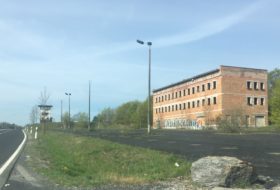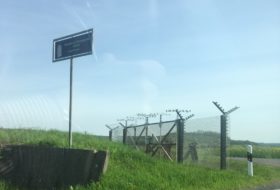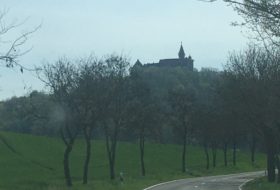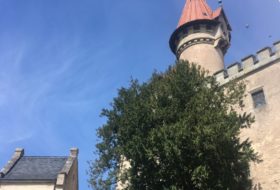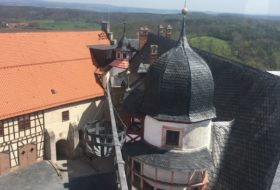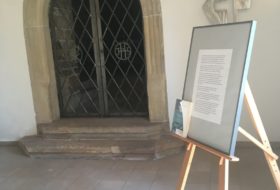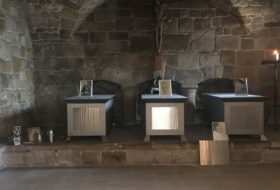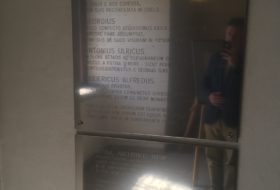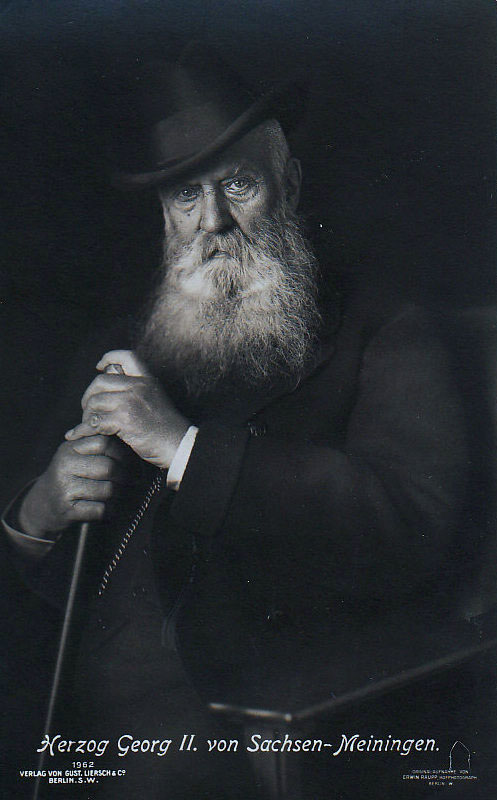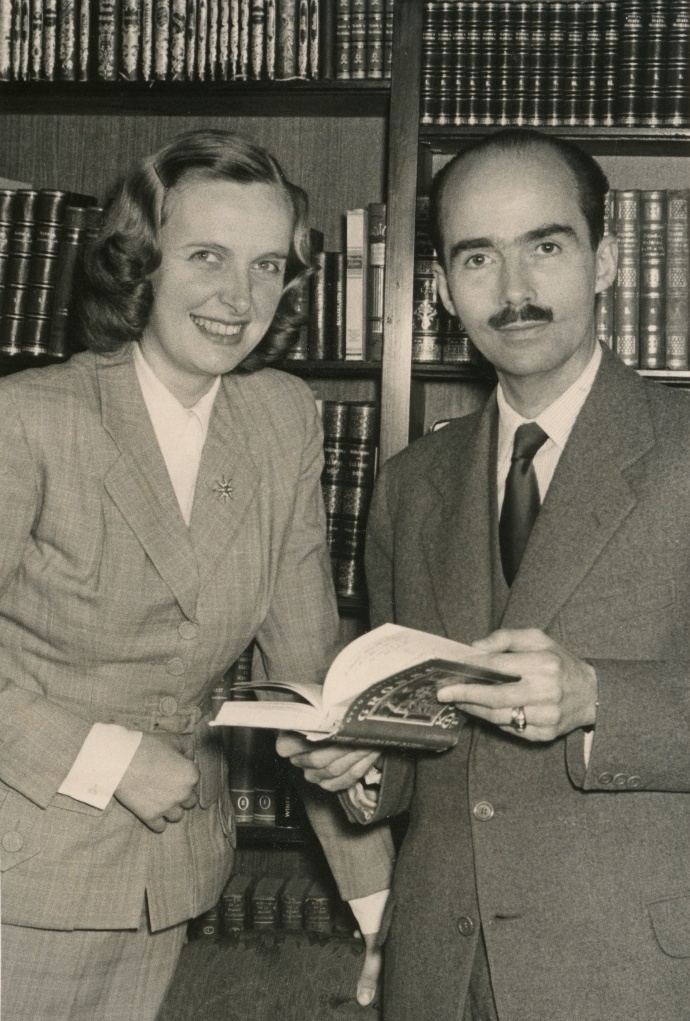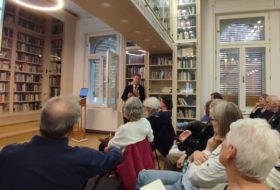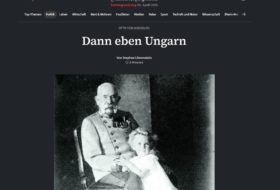For a long time, I had planned to visit Meiningen, a small town of just under 30,000 inhabitants that was historically part of Franconia, but was later annexed to Thuringia and therefore became part of the Soviet occupation zone of the German Democratic Republic (GDR) after World War II. As the town lay on the border during the Cold War, it was not accessible without a special permit, which I did not even attempt to obtain during my university days in the nearby city of Jena. However, as a result of its isolation, it also avoided the typical “achievements” of socialist town planning and has preserved its traditional 18th-19th century character, including the castle Elisabethenburg, built in the late 1600s.
This was the ancestral home of the Saxe-Meiningen family, with all the traditional characteristics of small German principalities, perhaps most importantly, a cultural ambition far beyond the size of the settlement. The epitome of this was Duke George II (1826-1914), whose commitment to the stage not only prompted him to build a modern theatre building but also, as an aristocrat of many talents, to make a significant contribution as a costume and set designer as well, and the real innovation: as a director. Theatre history owes him the creation of the foundations of modern theatre, known as “Meiningenism”, which inspired such leading theatre artists as Konstantin Sergeyevich Stanislavsky and Max Reinhardt. George II gathered the best musicians to his court: Franz Liszt gave concerts in Meiningen, Johannes Brahms and Richard Wagner were regular guests, and the orchestra of the theatre was conducted by Hans von Bülow (Liszt’s student and son-in-law), while for a year the young Richard Strauss stood at the conductor’s podium. George II’s company toured regularly throughout Europe and made several appearances in Hungary, with performances of Shakespeare and German classics, as well as works by Schiller and Kleist. The theatre’s founder was the great-grandfather of Regina, born in 1925. And although the family’s history often had tragic twists and turns, the inspirational environment proved to be a decisive influence on the future spouse of Otto von Habsburg.
| Duke Georg II of Saxe-Meiningen | Archduchess Regina and Otto von Habsburg |
Following a guided tour of the sporadically restored building by Philipp Adlung, Director of the Meiningen Museum, we agreed to organise a chamber exhibition in 2025, on the 100th anniversary of Archduchess Regina’s birth, which will focus on the life of Princess Regina and the relationship of the Ducal House to Hungary. Otto von Habsburg’s spouse’s ties to her homeland are also reflected in the fact that, after her coffin was laid in the traditional Habsburg burial place, the Capuchin crypt in Vienna, Regina’s heart urn remained in Heldburg Castle, next to the ashes of her siblings and parents. This knight’s castle-like building took on its present form during the reign of the ‘theatre duke’, George II, its historicist towers and niches exuding a medieval atmosphere. The castle was Regina’s favourite childhood place. In her former bedroom, an exhibition on the Saxe-Meiningen family is now on display. The building was used as an orphanage during the communist dictatorship, then burnt down partially; after the regime change, it was renovated; and a few years ago, it became the home of a modern exhibition on German castle architecture. With the castle’s director, Björn Chilian, we considered the prospects of commemorating Regina in Heldburg in 2025, potentially in conjunction with the 35th anniversary of the fall of communism and Hungary’s role in the opening of the borders. Björn Chilian, who was born and raised in Healdsburg, pointed out that there are still a few elderly residents of the town who could recount their relationship with the ducal family and the attention that followed the life of Regina after her rise to “imperial, royal consort”.
Based on this experience, cooperation with Meiningen will bring a wealth of intriguing historical, political and cultural history to our knowledge concerning our namesake and his family.
Gergely Prőhle

